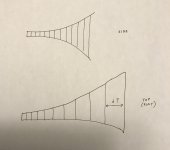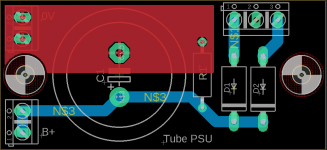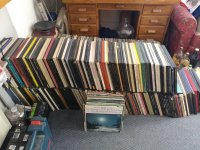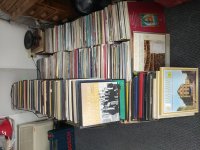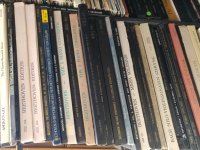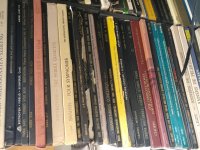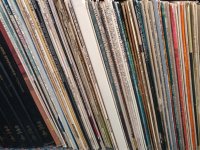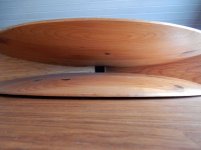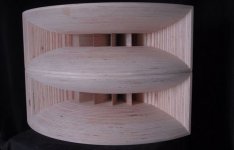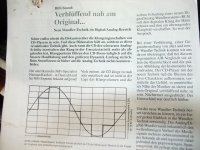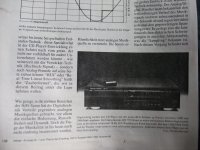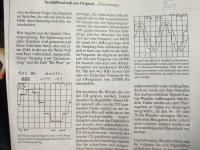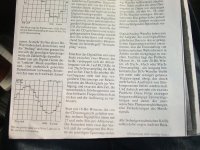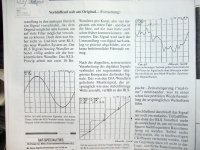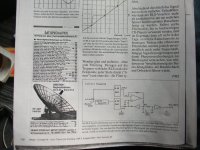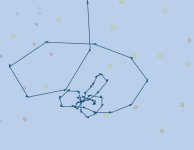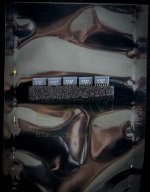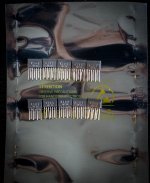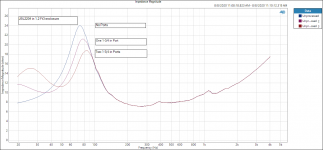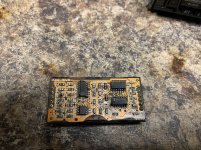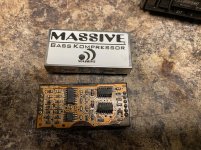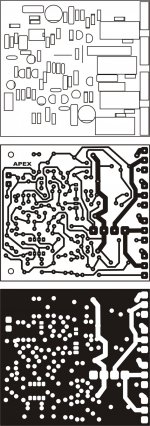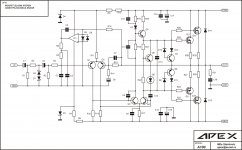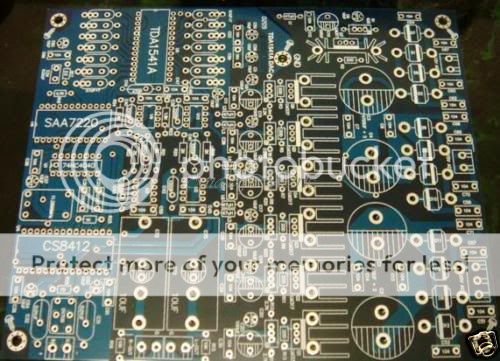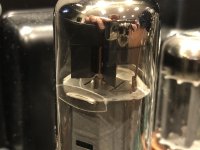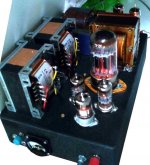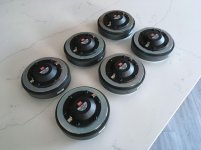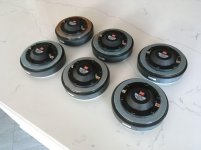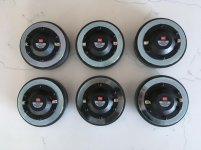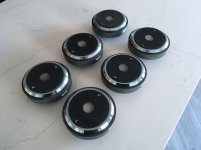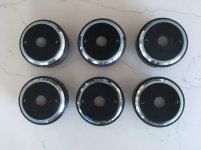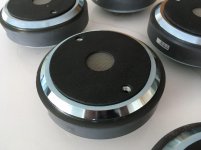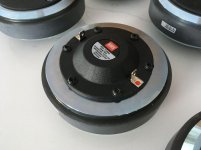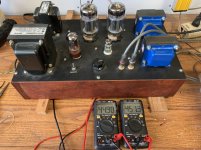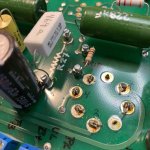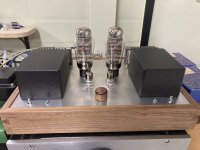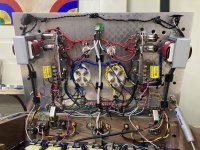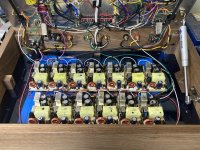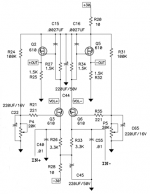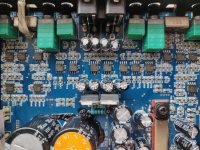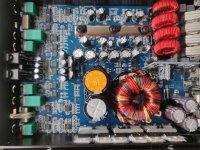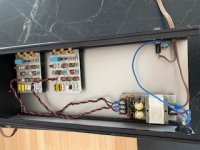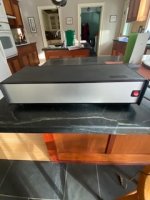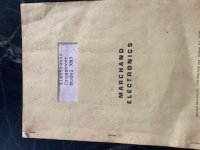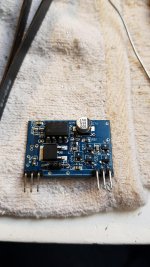I would like to introduce and recommend a neglected 6SN7 substitute, the Raytheon
5694. It's a made for the military dual AF power triode. The 5694 = premium 6N7 GT
with separate cathode leads, like a 6SN7. It is similar electrically to a Mullard ECC32 /
CV-181, BUT with a different pin-out. The Raytheon tube actually is closer electronically to a 6SN7 than the ECC32s are. The Vfil = 6.3V @ 800ma, versus 950ma for the ECC32s and 600ma for a 6SN7 GTB. These tubes although rare can still be found for between $15 to $50 each delivered. My yield of platinum (5%) matched and balanced pairs and a single quad brought my price per tube to about $100, still a great bargain considering the fact that they are far superior to the $500 to $600 plus a pair of Mullard ECC32 / CV-181, when and if you can find them.
Raytheon has accidentally and unknowingly given the audio world a great gift.
These tubes are far less noisy than the ECC32s and deliver details like a Jazz piano with no close rival. The silent passages are as mute as you have never heard. They are also much easier on the ears, allowing for longer, more pleasant listening periods. I found the Mullard ECC32 lacking in bottom end response. My previous
6SN7 favorite flavor was the "holy grail" of the 6SN7 world, the Tung-Sol 1940s
6SN7 GT, black glass, black plates, round getters, fetching $400 to $500 a pair, when and if you can find them. Not being sentimental or indecisive, my barely used quintet quickly fetched $1,000 on the slightly used NOS market.
They require adapters or re-wiring of the octal sockets they are going into, but it's more than worth it. The required pin-out follows: Pin # 1 Cathode, 2 & 7 Filament,
3 Plate, 4 Grid, 5 Grid 6 Plate 8 Cathode. IF your making adapters, use the following pin-out. Tube base number / Tube socket number: 1 / 4, 2 /3, 3 /1, 4 / 5,
5 / 6, 6 / 8, 7 / 7, 8 / 2.
Good luck treasure hunting, I humbly await your opinions.
